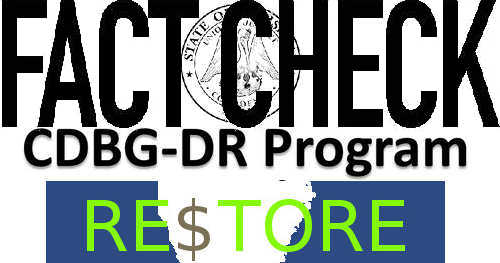By Murray Wennerlund published 11-14-2024 updated 11-14-2024
|
|
|

By Writers Pool published 7-26-2018 updated 7-26-2018

By Writers Pool published 7-26-2018 updated 7-26-2018
B. Total assistance available to the person or entity. Assistance includes all benefits available to the person, including cash and other resources such as insurance proceeds, grants, and SBA loans (private loans not guaranteed by SBA are excepted&mdashsee paragraph C). Grantees should identify all assistance received by each person, business concern, or other entity, via insurance, FEMA, SBA, other local, state, or Federal programs, and private or nonprofit charity organizations. See, FEMA Disaster Assistance Policy 9525.3, Duplication of Benefits&mdashNonGovernment Funds.
Grantees should also identify reasonably anticipated assistance, such as future insurance claims or approved SBA loan proceeds. Reasonably anticipated funds include assistance that has been awarded, but has not yet been received. For example, assume a business was approved to receive an SBA loan for $30,000, but had only received $20,000 when it applied for CDBG disaster recovery assistance for the same purpose. The grantee should identify the full amount of assistance for which the applicant was approved ($30,000).
Funds are not reasonably anticipated when the source and/or amount is indefinite, or the applicant is unaware that he/she may be eligible to receive additional funds at a later date. To address any potential duplication, beneficiaries must enter a signed agreement to repay any assistance later received for the same purpose as the CDBG disaster recovery funds. The grantee must identify a method to monitor compliance with the agreement for a reasonable period, and should articulate this method in its written administrative procedures. Please note that if additional need is established, subsequent funds would not be considered a duplication. See paragraph E, Unmet Need, for more information on this issue.